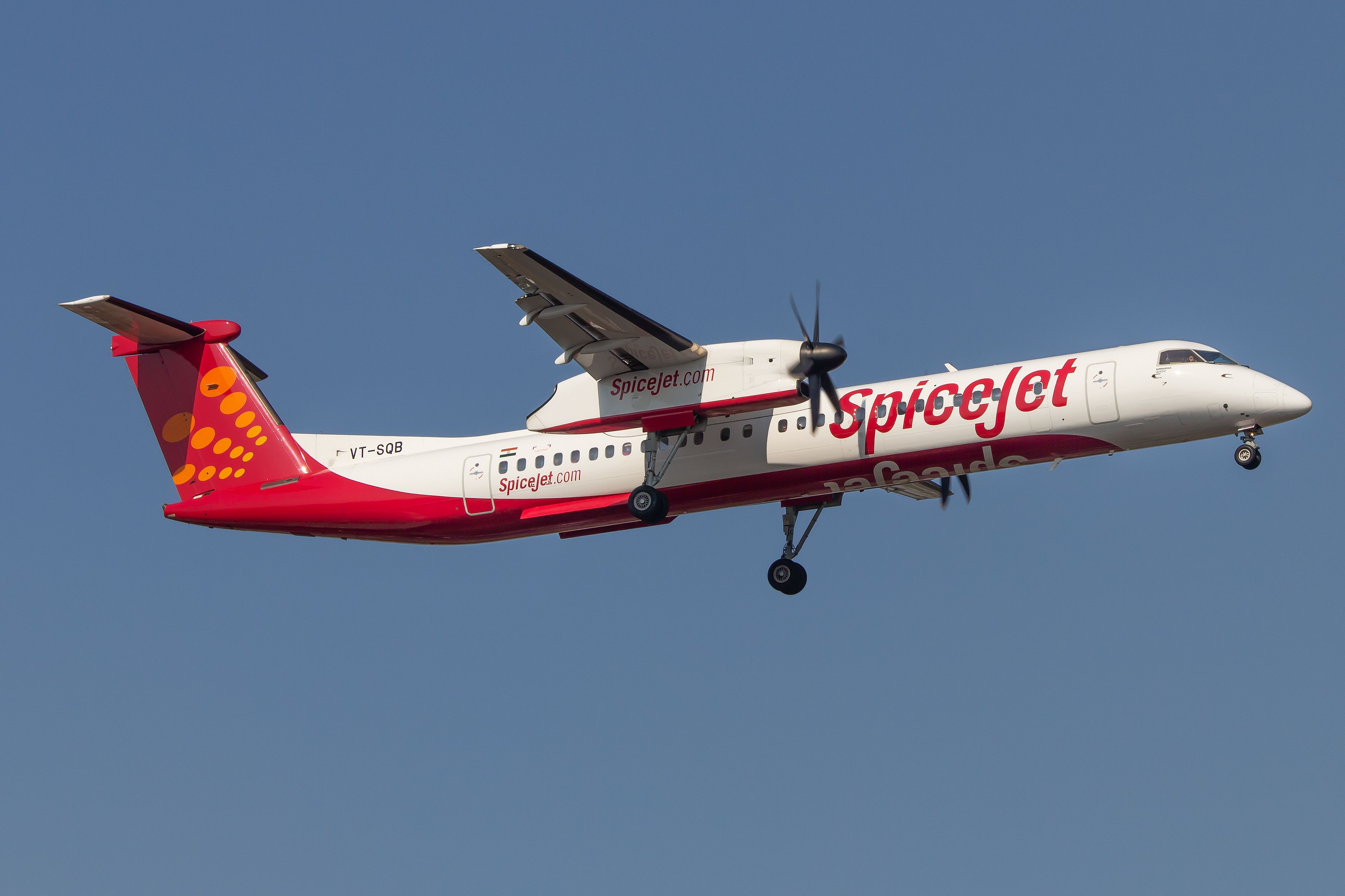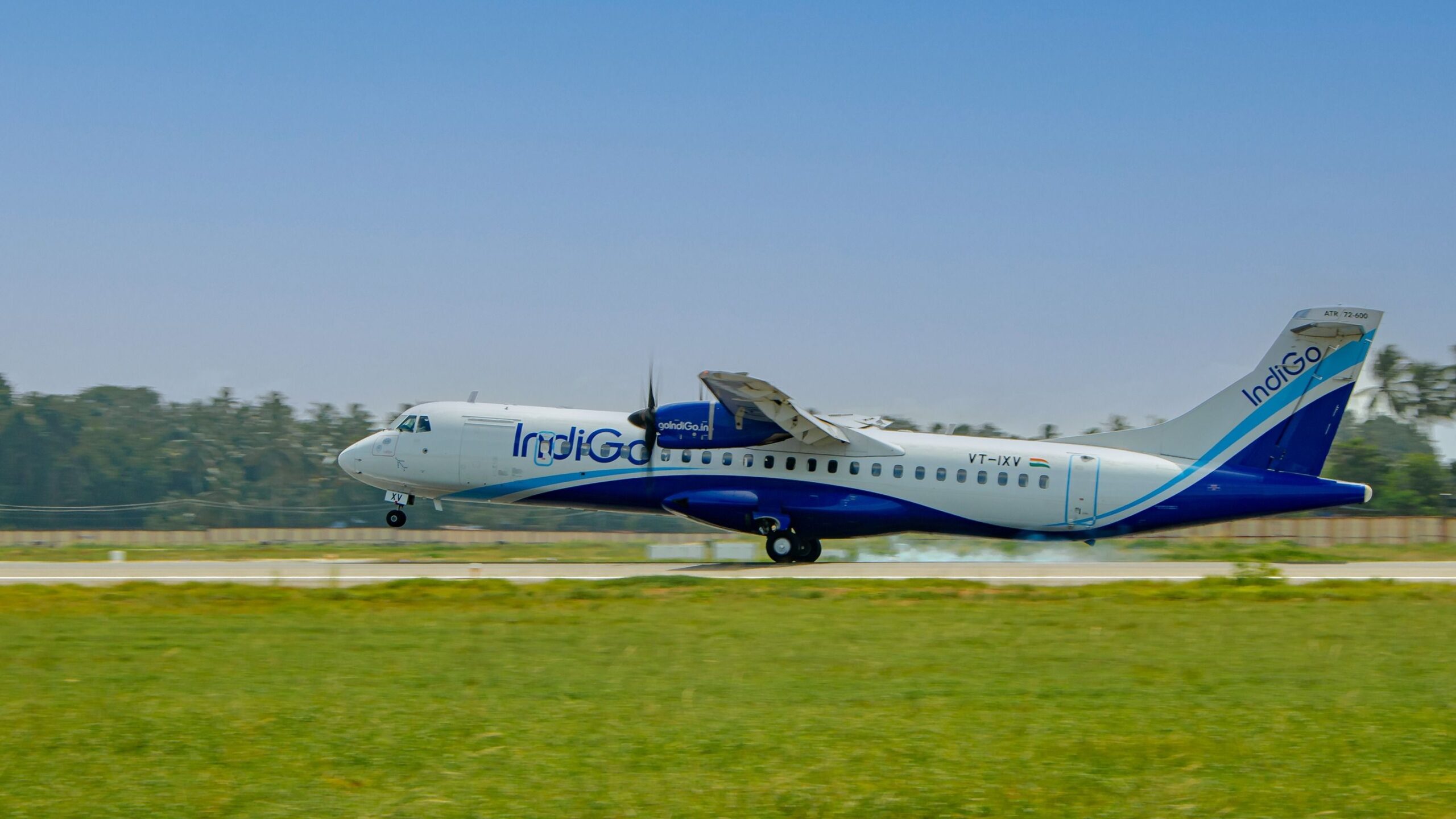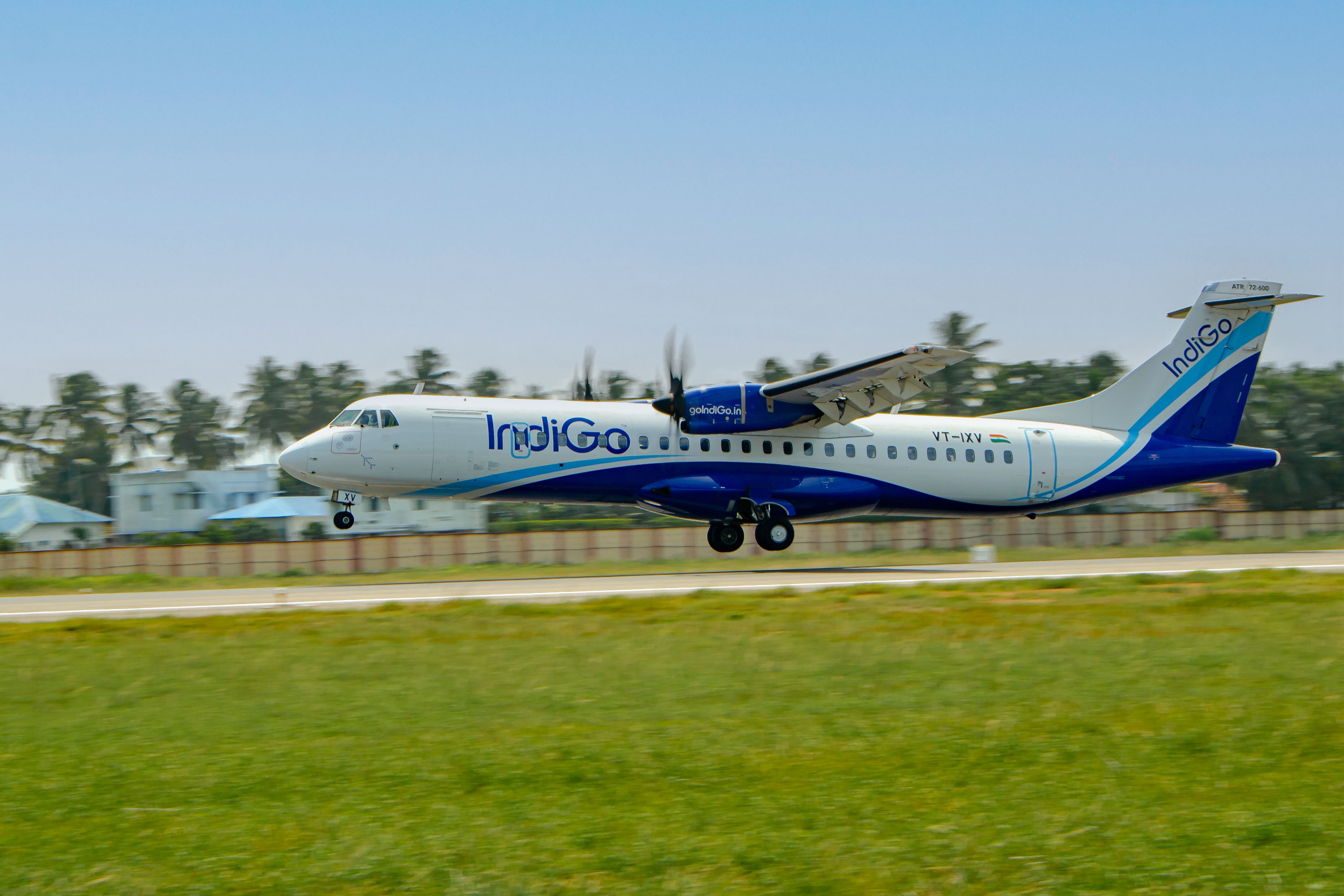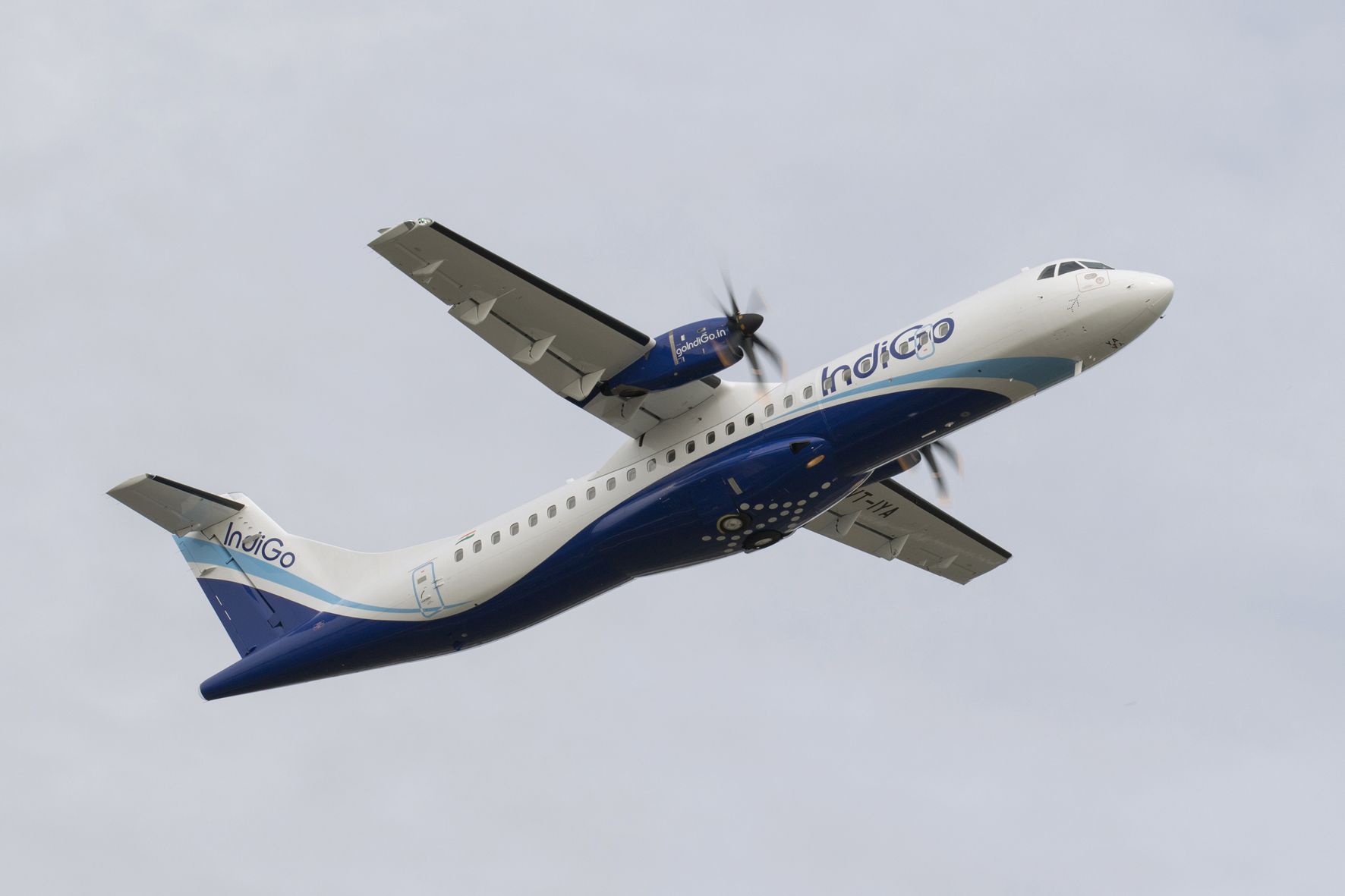Summary
- IndiGo is reportedly looking to order up to 100 new regional aircraft.
- While the airline is leaning toward the ATR 72-600, of which it already operates 45, the carrier is also exploring the Airbus A220 and Embraer E175.
- The turboprop aircraft have much smaller capacity compared to the two jet-powered aircraft, which would mean that IndiGo would upgauge certain parts of its network.
IndiGo is reportedly eyeing an order for 100 new aircraft within the regional segment of its fleet, with the low-cost carrier already operating ATR 72-600 turboprops. However, the Indian airline might explore adding either the Airbus A220 or the Embraer E175 aircraft to its fleet, further solidifying its position as the largest Indian carrier.
Leaning toward ATR
According to a report by the India-based Economic Times (ET), citing sources familiar with the matter, IndiGo is looking to order more regional aircraft, with ATR and its largest turboprop, the ATR 72-600, leading the pack.
Yet the Indian low-cost carrier is also taking a look at the Airbus A220 and Embraer E175 to bolster its regional fleet, which would add even more capacity to the market, considering the larger size of the two jets.
According to ATR, which is jointly controlled by Airbus and Italy-based Leonardo, the ATR 72-600 typically seats between 44 and 78 passengers, with the company presenting three standard layouts: one with 44 passengers and 1.4 tons (3,086 pounds) of cargo, another with 72 passengers at 29” of pitch, and lastly, 78 passengers at 28” pitch.
Photo: ANAND G IYER | Shutterstock
Ch-aviation data showed that IndiGo’s ATR 72-600s can welcome up to 78 travelers onboard. Currently, the airline operates 45 aircraft of the type, with five more pending delivery from ATR. The carrier took delivery of its first ATR 72-600 in 2017, with ATR saying at the time that the aircraft would help IndiGo serve routes under the Indian government’s Regional Connectivity Scheme (UDAN-RCS).

Related
UDAN: How Has India’s Regional Connectivity Scheme Fared So Far?
More than 12 million passengers have flown UDAN flights in the last few years.
The turboprop market in India
Data from the aviation analytics company Cirium showed that the airline has a substantial network with its ATR 72-600 aircraft, operating flights to 65 destinations in India in May 2024. IndiGo’s ATR 72-600s do not serve any international destinations.
In total, the low-cost carrier has scheduled 2,405 weekly one-way flights with the type in May, amounting to 187,590 weekly seats and 79.5 million available seat kilometers (ASK). IndiGo’s total Indian domestic network has 12,701 weekly one-way flights, amounting to 2 billion ASKs.
Photo: ATR
In addition to IndiGo, Alliance Air (now owned by the Indian government), IndiaOneAir, Fly91, and SpiceJet operate domestic flights with turboprops. While IndiGo is by far the largest airline, operating 66.3% of the total weekly flights, Alliance Air is second, with a 20% market share.

Related
Indian Government Proposes $140 Million Cash Infusion For Alliance Air
Alliance Air has received other funding in recent times as well.
Upgauging the network
Going with either the Airbus A220 or Embraer E175 would mean that IndiGo would significantly upgauge its certain regional routes. The European aircraft manufacturer advertised that the A220-100 and A220-300 could welcome up to 135 and 160 passengers, respectively, in a single-class configuration.
Embraer said that the E175 could seat up to either 78 or 88 passengers in a single-class layout, depending on the pitch. The smaller E170’s one-class capacity is 78 seats at either 33”, 31”, or 30” pitch.
However, according to a paper published by the Indian Ministry of Civil Aviation, the UDAN-RCS scheme mandates that a one-hour flight with a fixed-wing aircraft, which also includes services with seaplanes, has a fixed price of INR2,500 ($29.94). Furthermore, airlines are mandated to sell at least half of the aircraft at that price, a minimum of nine or a maximum of up to 40 seats on an aircraft on a UDAN-RCS route.
Photo: Embraer
As such, operating the Airbus A220 or the Embraer E175 on the scheme’s routes could prove loss-making. However, with the Indian economy growing continuously – its general domestic product (GDP) is estimated to grow between 7.6% and 7.8% in FY2024 per Deloitte‘s baseline scenario – more people would be able to afford air travel, which would incite airlines to add more capacity to the international as well as domestic network.
In Q3 FY2023, which ended on December 31, 2023, IndiGo added 26.8% ASKs year-on-year (YoY), showing just how much capacity the airline was able to add while still making an INR29.9 billion ($358 million) profit after tax (PAT) with a PAT margin of 15.4%.

Related
IndiGo Is Now The World’s 3rd Largest Airline In Market Cap Behind Delta Air Lines And Ryanair
The Indian carrier overtook Southwest Airlines as the third most valuable airline company in the world.




